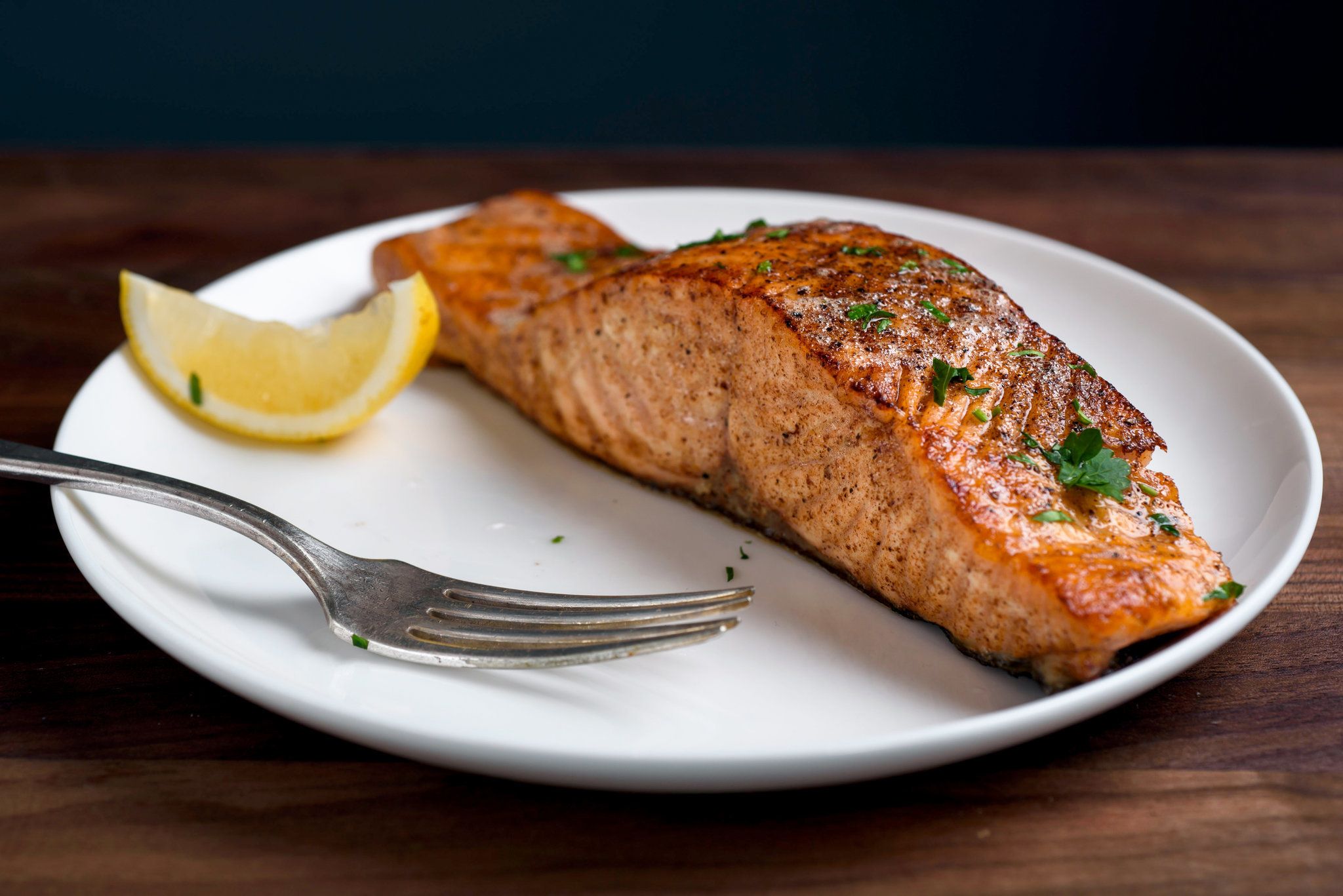

Articles
How To Store Cooked Salmon
Modified: February 26, 2024
Learn how to properly store cooked salmon with this informative article. Find tips and tricks on preserving its freshness and flavor for longer.
(Many of the links in this article redirect to a specific reviewed product. Your purchase of these products through affiliate links helps to generate commission for Storables.com, at no extra cost. Learn more)
Introduction
Salmon is a delectable and nutritious fish that can be prepared in a variety of ways. Whether you’re indulging in a salmon dinner party or simply have leftovers from a previous meal, knowing how to properly store cooked salmon is crucial to maintain its freshness and flavor.
When it comes to storing cooked salmon, there are specific guidelines you need to follow to ensure it remains safe to eat and doesn’t spoil. In this article, we will discuss the best practices for storing cooked salmon, including refrigeration, freezing, and the best containers to use. We will also provide some tips for extending the shelf life of cooked salmon and discuss common mistakes to avoid. So, let’s dive in!
Key Takeaways:
- Properly storing cooked salmon is crucial for maintaining its freshness and flavor. Remember to cool, wrap, and label the salmon before refrigerating or freezing it to ensure its longevity.
- Avoid common mistakes like leaving salmon at room temperature for too long and storing raw and cooked salmon together. Follow proper storage, reheating, and handling techniques to enjoy delicious salmon whenever you desire!
Read more: How To Store Salmon
Basic Guidelines for Storing Cooked Salmon
Before we delve into the specifics of storing cooked salmon, it’s important to understand a few basic guidelines to ensure its freshness and safety. Follow these guidelines to keep your cooked salmon tasting delicious:
- Store promptly: It’s crucial to store cooked salmon promptly after it’s been cooked. Leaving it out at room temperature for an extended period can increase the risk of bacterial growth.
- Cool it down: Before storing, allow the cooked salmon to cool down to room temperature. This helps prevent moisture from accumulating in the container, which can lead to bacterial growth.
- Remove moisture: Pat dry the surface of the cooked salmon with a paper towel to remove any excess moisture. This will also help preserve its texture and prevent sogginess.
- Divide into portions: If you have a large amount of cooked salmon, consider dividing it into smaller portions before storing. This makes it easier to reheat and reduces the risk of waste.
- Label and date: To keep track of the storage time, label the containers with the date they were cooked. This will help you identify the freshness of the salmon and prioritize consumption.
By following these guidelines, you’re already on your way to properly storing your cooked salmon. Now let’s explore the different methods of storage, starting with refrigeration.
Storing Cooked Salmon in the Refrigerator
The refrigerator is an ideal place to store cooked salmon for short-term storage. Here are the steps to effectively store cooked salmon in the refrigerator:
- Allow the salmon to cool: After cooking, let the salmon cool down for about 30 minutes at room temperature. This will prevent condensation from forming in the container and help maintain its texture.
- Wrap it well: Place the cooled salmon in an airtight container or wrap it tightly with plastic wrap. Make sure there are no air pockets to prevent the fish from drying out.
- Choose the right spot: Store the wrapped salmon in the coldest part of your refrigerator, typically the bottom shelf. This helps maintain a consistent temperature and prevents cross-contamination with other foods.
- Check the temperature: Ensure that your refrigerator temperature is set to 40°F (4°C) or below. This helps slow down the growth of bacteria and keeps the salmon fresh for longer.
- Use it within 3-4 days: Cooked salmon stored in the refrigerator should be consumed within 3-4 days to maintain its freshness and quality. Always check for any signs of spoilage before consuming.
Remember, refrigeration is best suited for short-term storage of cooked salmon. If you’re looking to store it for a longer period, freezing is the way to go. Let’s discover how to freeze cooked salmon in the next section.
Freezing Cooked Salmon
If you have leftover cooked salmon that you’d like to store for an extended period, freezing is a great option. Freezing cooked salmon helps preserve its flavor and texture. Follow these steps to freeze cooked salmon:
- Cool the salmon completely: Allow the cooked salmon to cool completely at room temperature before freezing. This ensures that the fish retains its moisture and texture during the freezing process.
- Wrap it securely: Wrap the cooled salmon tightly in plastic wrap or aluminum foil. Alternatively, you can place it in a heavy-duty freezer bag, squeezing out as much air as possible before sealing.
- Label and date: To maintain organization in your freezer, label the package with the date of freezing. The frozen cooked salmon is recommended to be consumed within 2-3 months for optimal quality.
- Place in the freezer: Lay the wrapped or packaged salmon flat in the freezer to allow for quicker and even freezing. Once it’s frozen, you can rearrange it to fit your freezer space better.
When you’re ready to use the frozen cooked salmon, defrost it in the refrigerator overnight. Avoid defrosting at room temperature as it can lead to the growth of harmful bacteria. Once thawed, the salmon should be consumed within 1-2 days for the best flavor and quality.
Next, let’s explore the best containers to use when storing cooked salmon.
Best Containers for Storing Cooked Salmon
Choosing the right containers for storing cooked salmon is crucial to maintaining its freshness and preventing any cross-contamination. Here are some of the best container options for storing cooked salmon:
- Airtight containers: Opt for airtight containers with secure lids to keep the cooked salmon fresh. Glass or BPA-free plastic containers with silicone seals work well, as they prevent air and moisture from entering.
- Ziplock bags: If you’re freezing the cooked salmon, consider using freezer-safe ziplock bags. They are convenient and take up less space in the freezer. Make sure to remove as much air as possible before sealing the bag.
- Aluminum foil or plastic wrap: For short-term storage in the refrigerator, wrapping the salmon tightly in aluminum foil or plastic wrap can help maintain its moisture and prevent odor transfer.
- Parchment paper: If you prefer a more eco-friendly option, you can wrap the salmon in parchment paper before placing it in an airtight container. This keeps the fish moist and allows for easy cleanup.
When choosing containers, ensure they are clean and free from any odors or residual flavors that may affect the taste of the cooked salmon. Additionally, always remember to label the containers with the date of storage to keep track of freshness.
Now that you know the best containers for storing cooked salmon, let’s explore some tips for extending its shelf life.
Store cooked salmon in an airtight container in the refrigerator for up to 3 days. To maintain freshness, place a piece of paper towel in the container to absorb any excess moisture.
Read more: How To Store Leftover Salmon
Tips for Extending the Shelf Life of Cooked Salmon
To maximize the shelf life of cooked salmon and keep it fresh for as long as possible, consider these tips:
- Use fresh salmon: Start with fresh and high-quality salmon when cooking to ensure a longer shelf life. Fresh fish lasts longer than fish that is close to its expiration date.
- Proper handling: Practice good hygiene and proper handling when cooking and storing salmon. Always wash your hands before handling the fish and store it separately from other raw foods to prevent cross-contamination.
- Keep it cold: Ensure that cooked salmon is stored at a temperature of 40°F (4°C) or below. Refrigeration or freezing maintains the quality and extends the shelf life of the fish.
- Avoid frequent temperature changes: Minimize the exposure of cooked salmon to fluctuating temperatures, as it can promote bacterial growth and spoilage. Avoid leaving it out at room temperature for extended periods.
- Don’t mix raw and cooked salmon: To avoid cross-contamination and potential foodborne illnesses, never store raw and cooked salmon together in the same container.
- Refrigerate or freeze promptly: Store cooked salmon in the refrigerator or freezer as soon as possible after cooking to prevent bacterial growth.
- Consume within recommended time frames: Cooked salmon should be consumed within 3-4 days when stored in the refrigerator and within 2-3 months when stored in the freezer for optimal quality.
By following these tips, you can significantly extend the shelf life of your cooked salmon and enjoy it at its best flavor and texture. Now let’s move on to the next important aspect: reheating stored cooked salmon.
Reheating Stored Cooked Salmon
When it’s time to enjoy your stored cooked salmon, proper reheating ensures that it remains delicious and safe to eat. Here are some recommended methods for reheating stored cooked salmon:
- Oven: Preheat your oven to 325°F (163°C) and place the salmon in an oven-safe dish. Cover the dish with aluminum foil to prevent drying out. Bake for about 10-15 minutes or until the salmon reaches a safe internal temperature of 145°F (63°C).
- Stovetop: Place a non-stick skillet over medium heat and add a splash of oil or butter. Once the pan is heated, add the salmon and cook for 2-3 minutes per side until heated through.
- Microwave: For a quick and convenient option, you can use a microwave to reheat cooked salmon. Place the salmon on a microwave-safe dish and cover loosely with a microwave-safe lid or microwave-safe plastic wrap. Heat on medium power in short intervals, checking and stirring gently in between to ensure even heating.
- Grill: If you prefer a smoky flavor, you can reheat cooked salmon on a preheated grill. Place the salmon on a sheet of aluminum foil or in a grill basket and cook for a few minutes on each side until heated through.
Regardless of the method you choose, it’s essential to reheat the salmon only until it reaches the desired temperature to avoid overcooking and drying it out. Remember to always check the internal temperature with a food thermometer to ensure it reaches a safe minimum of 145°F (63°C).
Now that you know how to reheat your stored cooked salmon properly, let’s explore some common mistakes to avoid when storing it.
Common Mistakes to Avoid when Storing Cooked Salmon
To ensure the longevity and quality of your stored cooked salmon, it’s important to steer clear of these common mistakes:
- Leaving it at room temperature for too long: Leaving cooked salmon at room temperature for an extended period promotes bacterial growth and can lead to spoilage. Remember to refrigerate or freeze it promptly after cooking.
- Storing in open containers: Storing cooked salmon in open containers or loosely wrapped can cause it to dry out quickly and lose its flavor. Always ensure airtight packaging to retain moisture.
- Keeping it in the refrigerator for too long: While refrigeration can extend the shelf life of cooked salmon, it still has a limited time. Avoid storing it in the refrigerator for more than 3-4 days to prevent any risks of spoilage or foodborne illnesses.
- Freezing it without proper wrapping: Improper wrapping or packaging can lead to freezer burn and affect the texture and taste of the cooked salmon. Ensure it’s wrapped tightly in freezer-safe materials to maintain its quality.
- Not labeling containers: Forgetting to label and date the containers can make it challenging to keep track of the freshness of the cooked salmon. Labeling helps identify the storage time and prioritize consumption accordingly.
- Reheating it excessively: Overheating the stored cooked salmon can cause it to become dry and lose its tenderness. Be cautious not to overcook it during the reheating process.
- Storing raw and cooked salmon together: Storing raw and cooked salmon together increases the risk of cross-contamination. Always keep them separate to prevent any potential foodborne illnesses.
By avoiding these mistakes, you can ensure that your stored cooked salmon remains safe, flavorful, and enjoyable to eat. Now, let’s wrap up our discussion.
Conclusion
Properly storing cooked salmon is essential to maintain its freshness, flavor, and safety. Whether you have leftover salmon from a previous meal or you want to store cooked salmon for future use, following the guidelines outlined in this article will help ensure its longevity.
Key points to remember:
- Cool the salmon before storing it to prevent condensation and maintain its texture.
- Choose the right containers, such as airtight containers or freezer-safe bags, for storing cooked salmon.
- Refrigerate cooked salmon for short-term storage and consume within 3-4 days.
- Freeze cooked salmon for longer-term storage and consume within 2-3 months.
- Follow proper reheating methods, such as using an oven, stovetop, microwave, or grill.
- Avoid common mistakes, including leaving salmon at room temperature for too long, improper wrapping, and storing raw and cooked salmon together.
By implementing these guidelines, you can extend the shelf life of your cooked salmon and enjoy it at its best. Remember to practice good hygiene and proper handling when cooking and storing salmon to ensure food safety.
So, the next time you find yourself with leftover cooked salmon, you can confidently store it following the tips and methods provided in this article. Enjoy the convenience of having delicious salmon on hand whenever you desire!
Happy cooking and storing!
Frequently Asked Questions about How To Store Cooked Salmon
Was this page helpful?
At Storables.com, we guarantee accurate and reliable information. Our content, validated by Expert Board Contributors, is crafted following stringent Editorial Policies. We're committed to providing you with well-researched, expert-backed insights for all your informational needs.
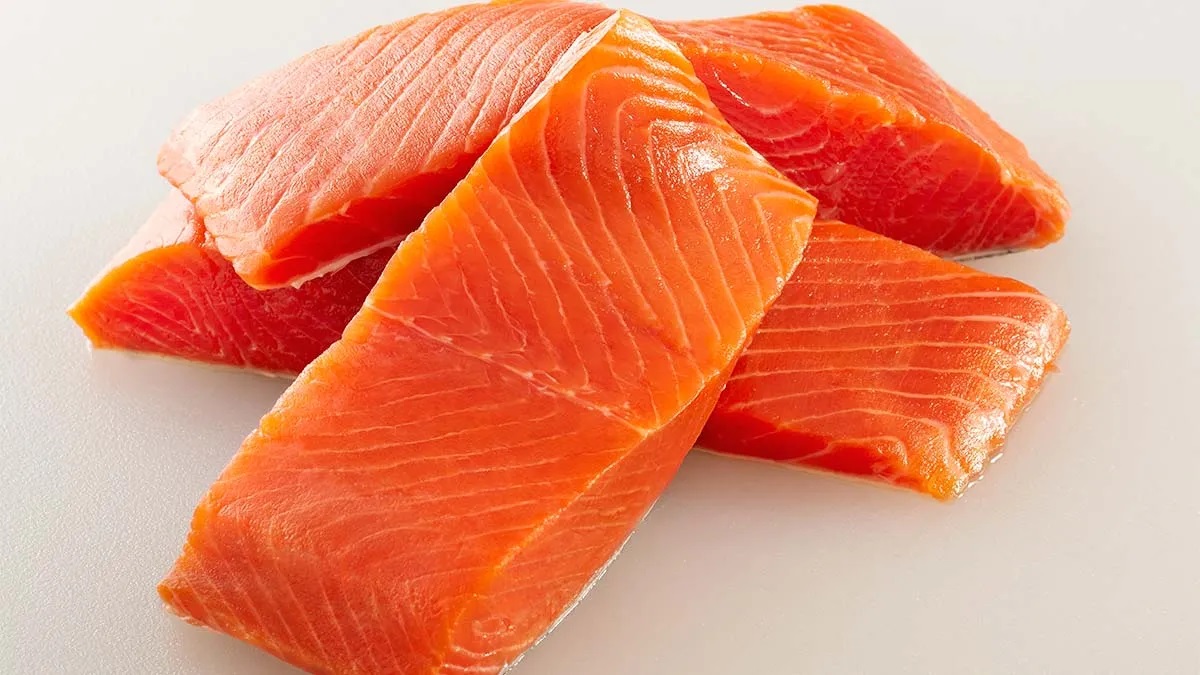
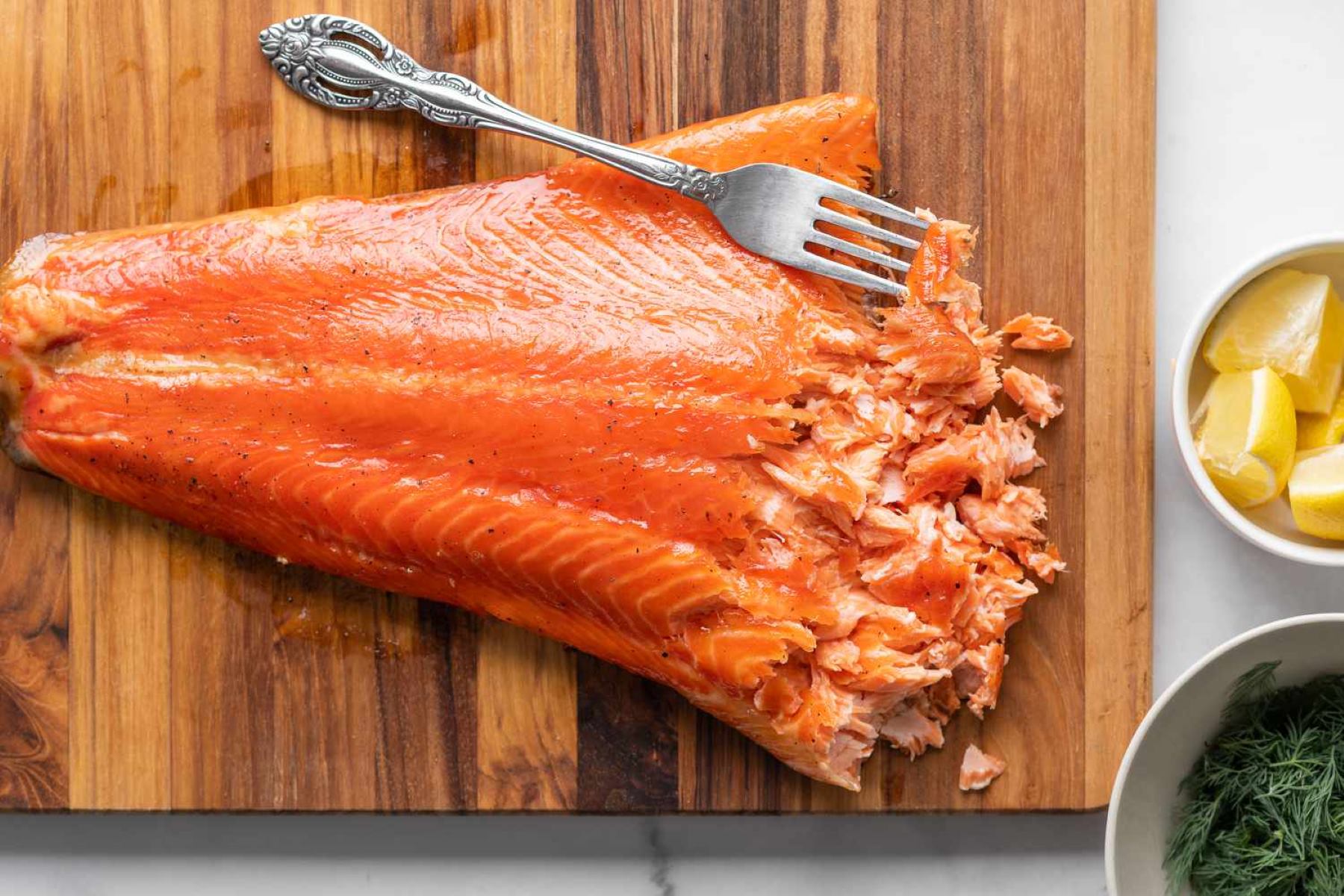
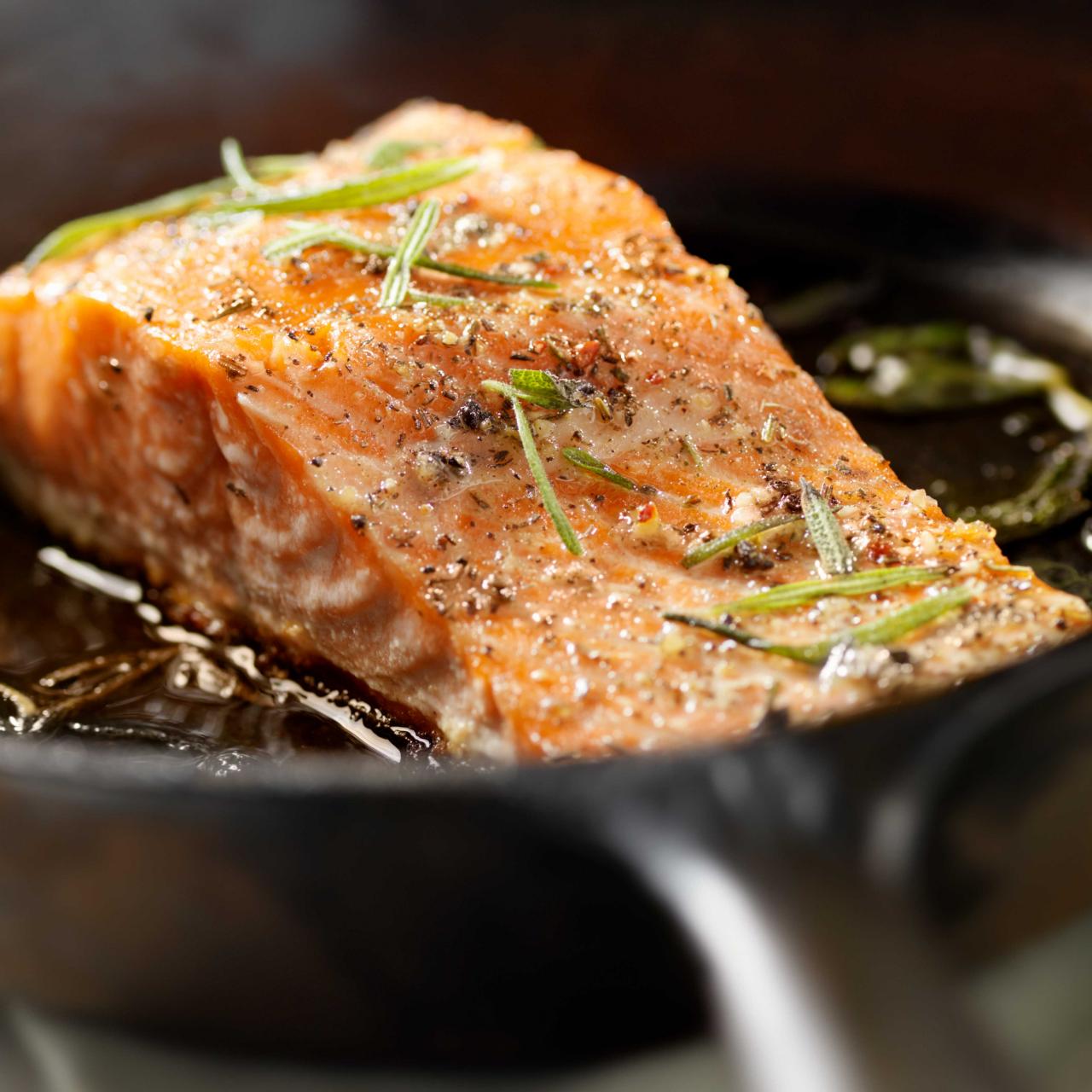
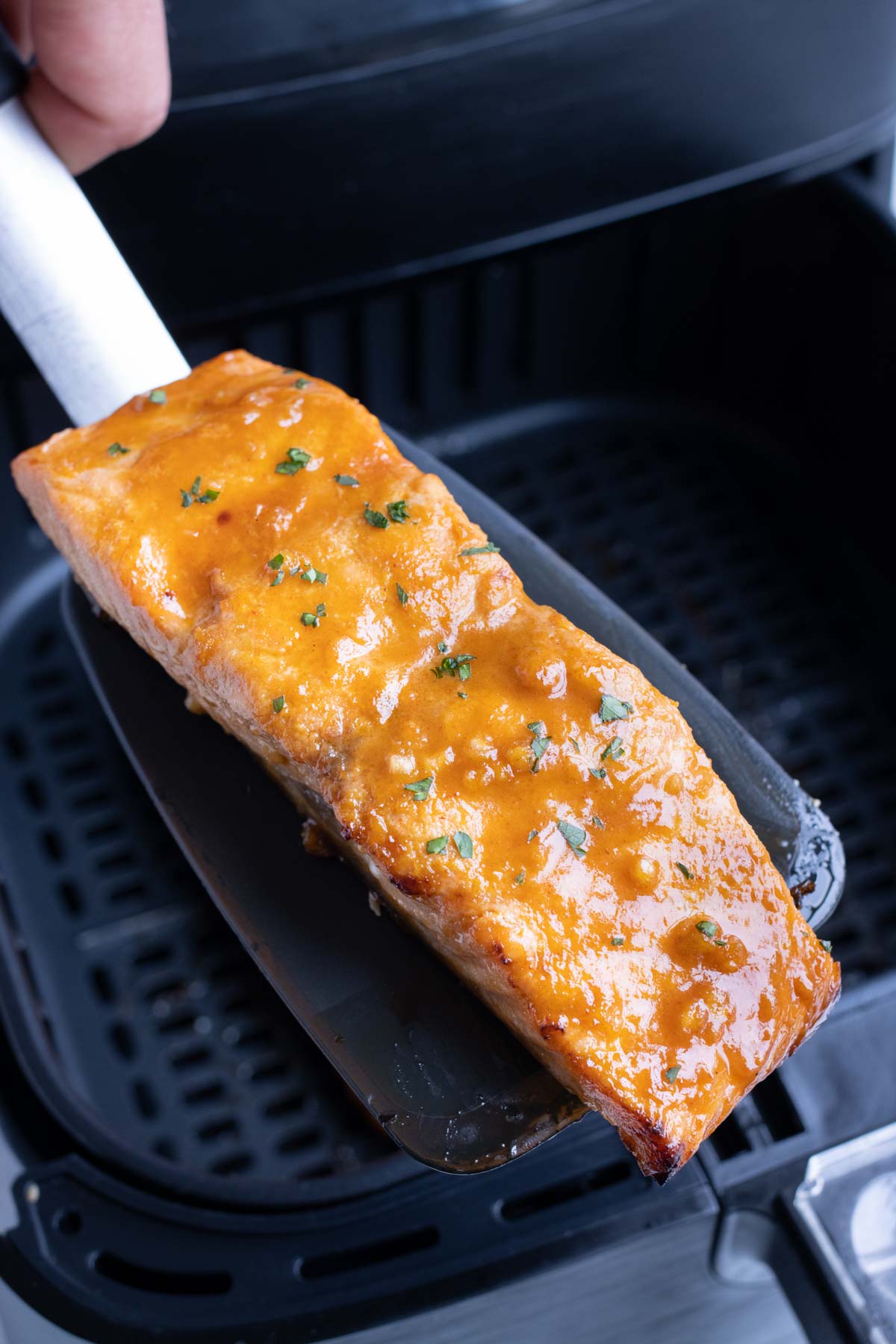
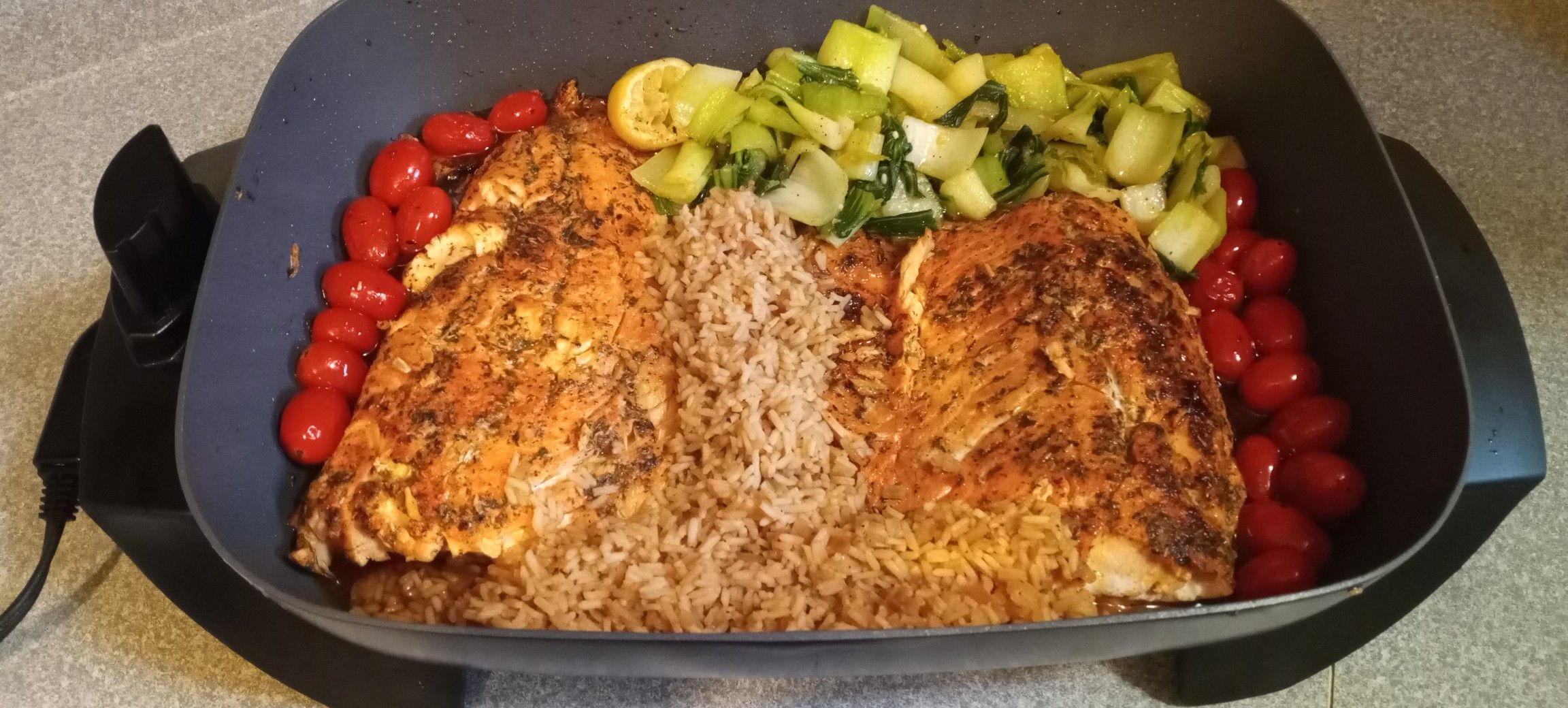
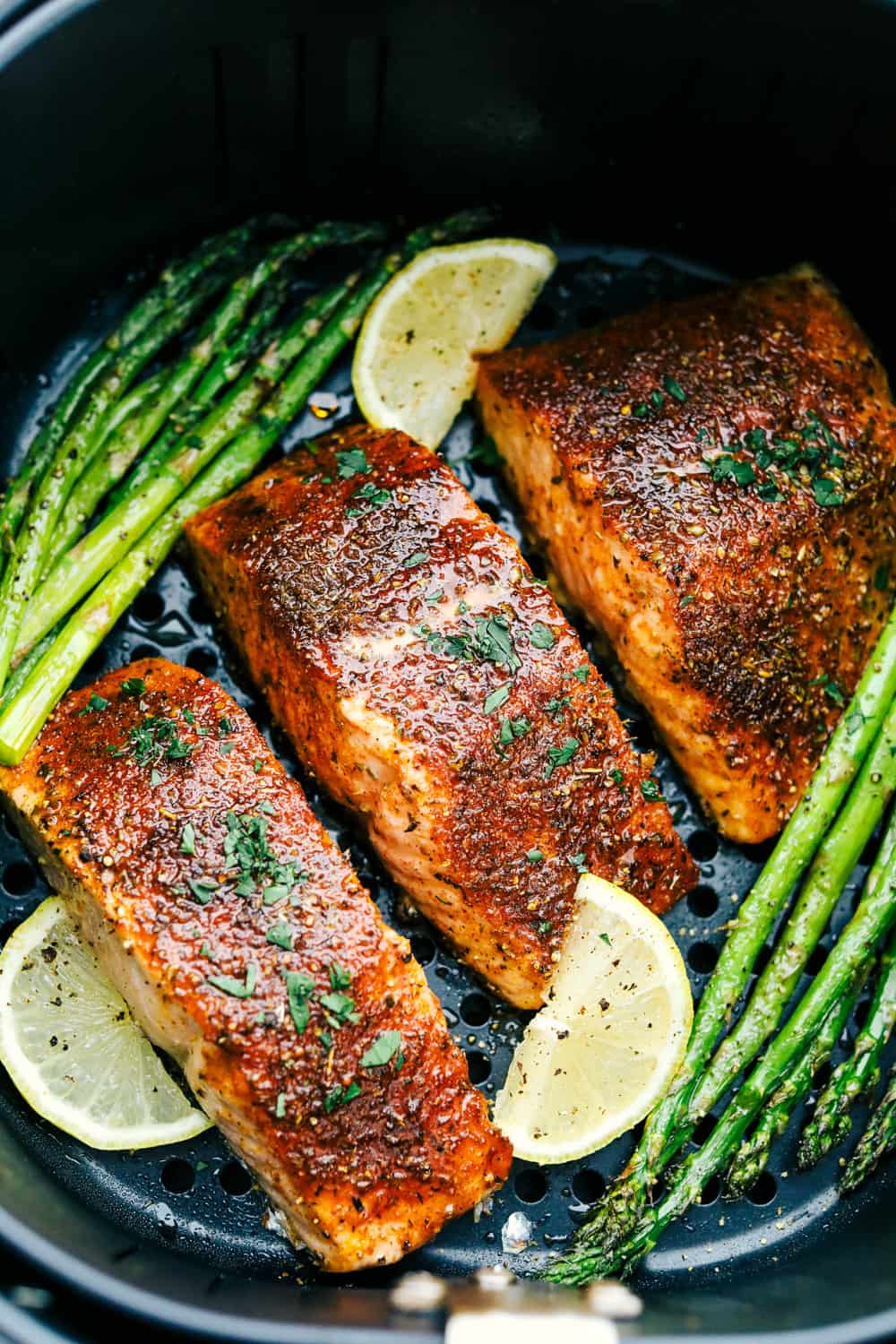
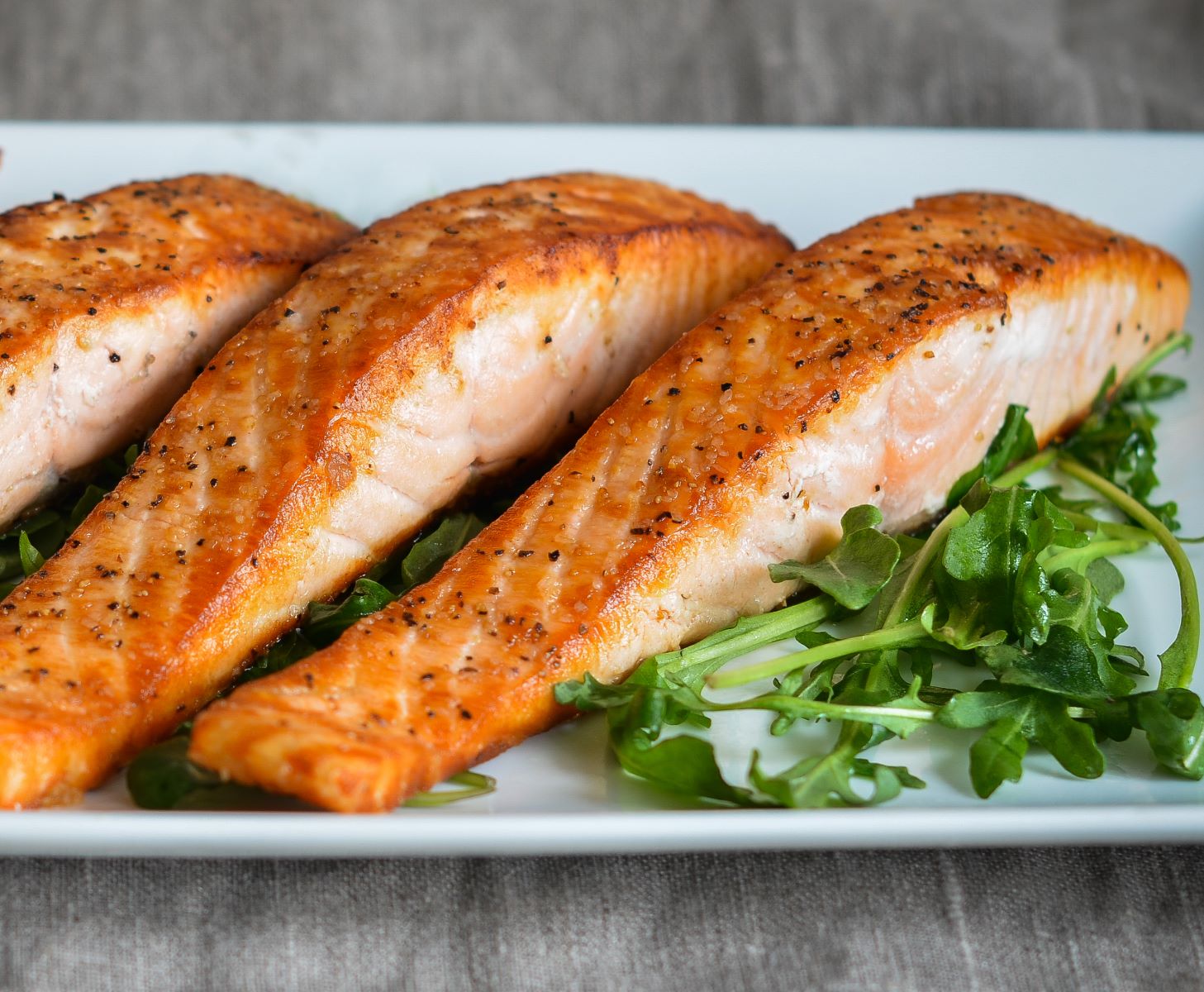
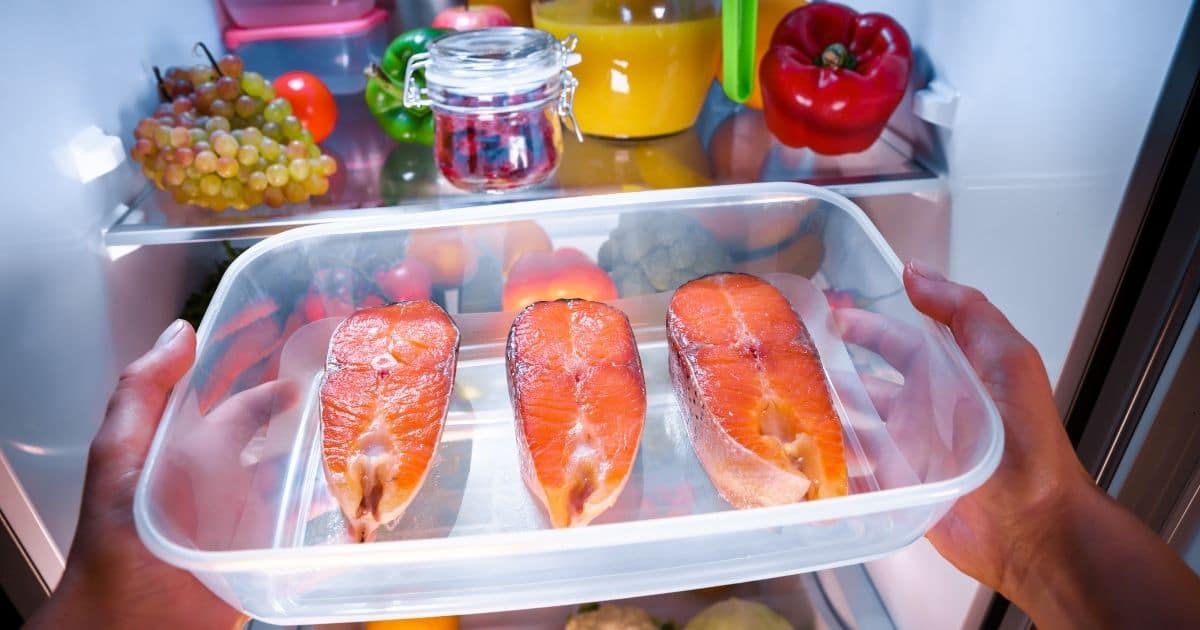
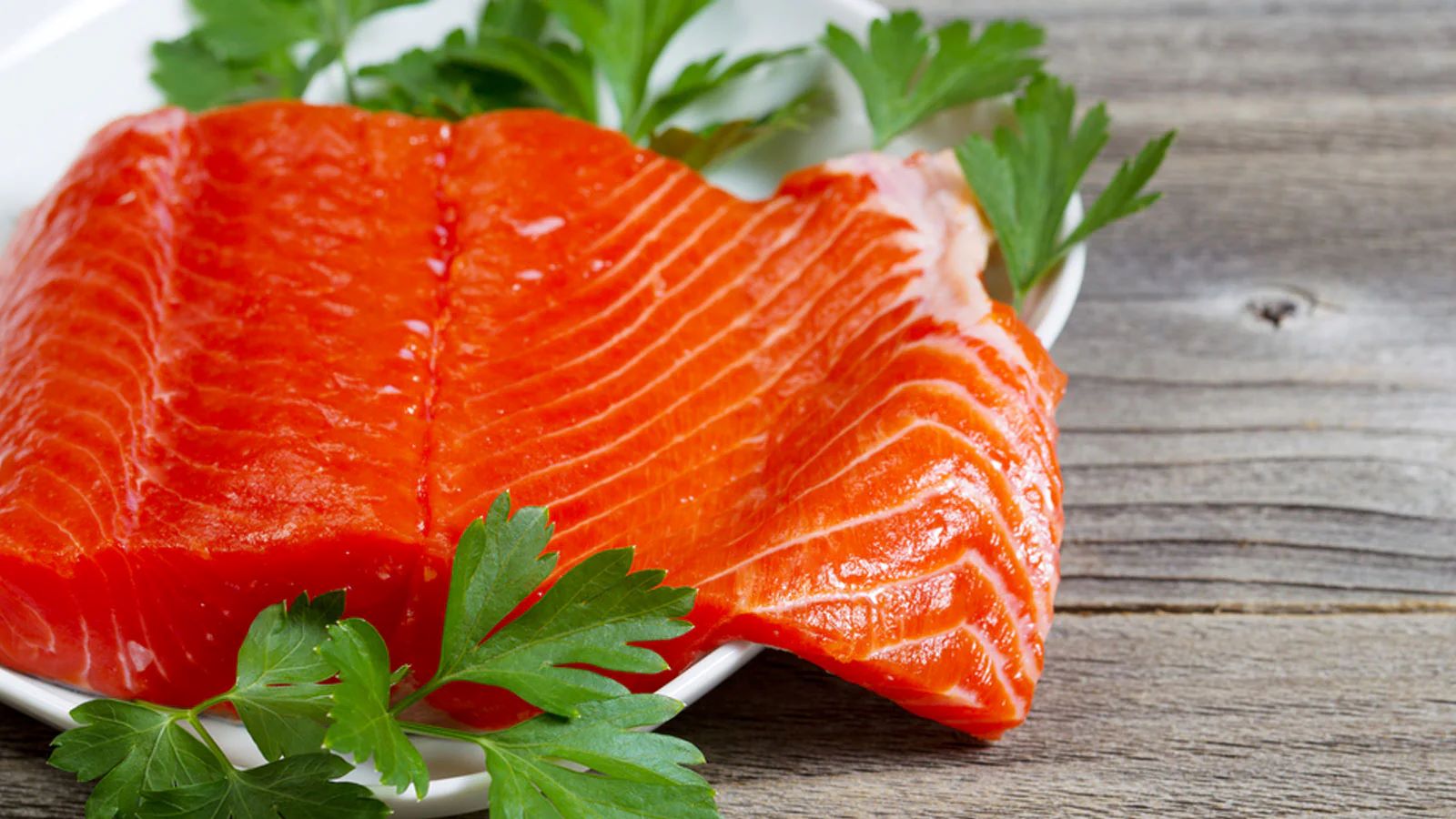

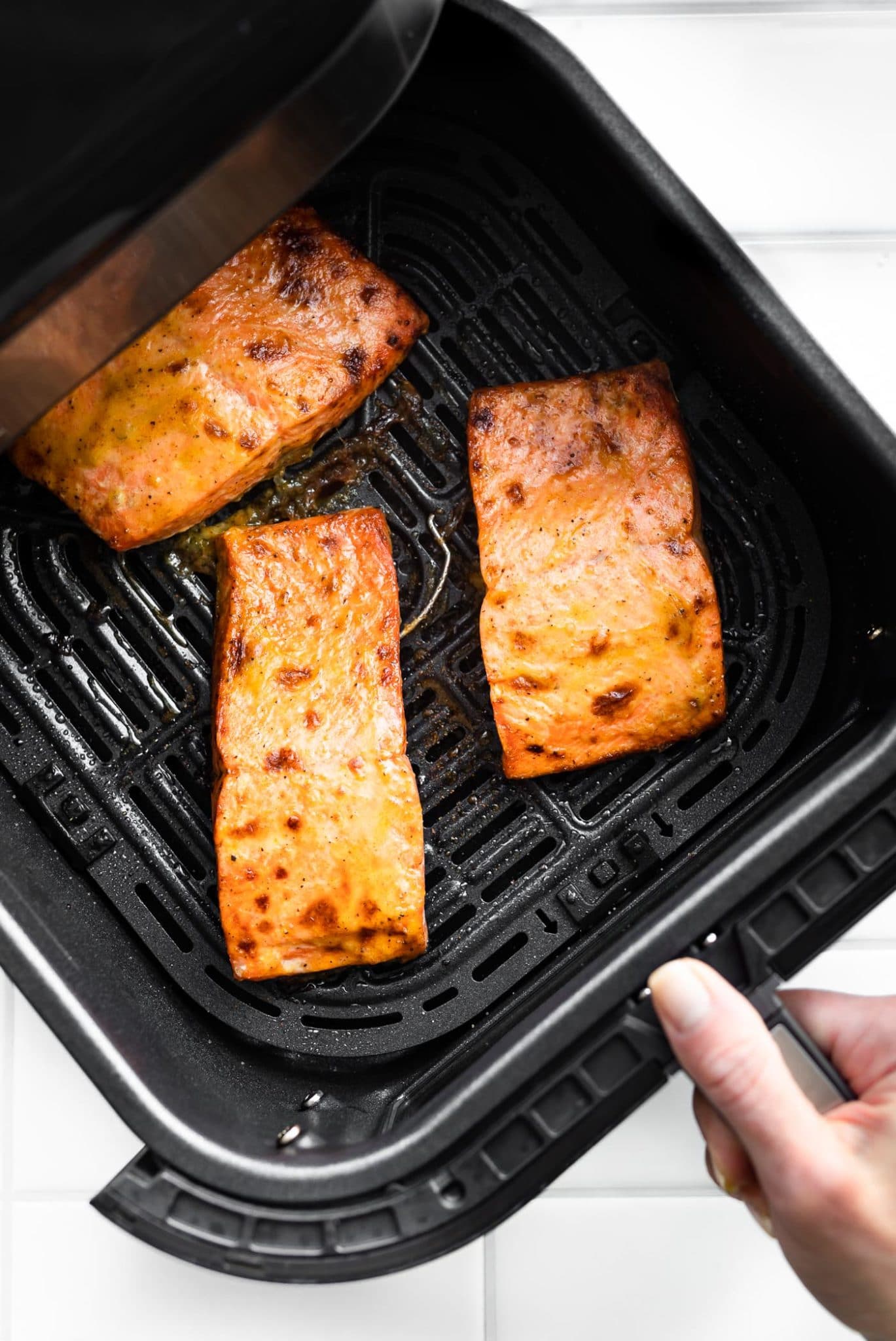
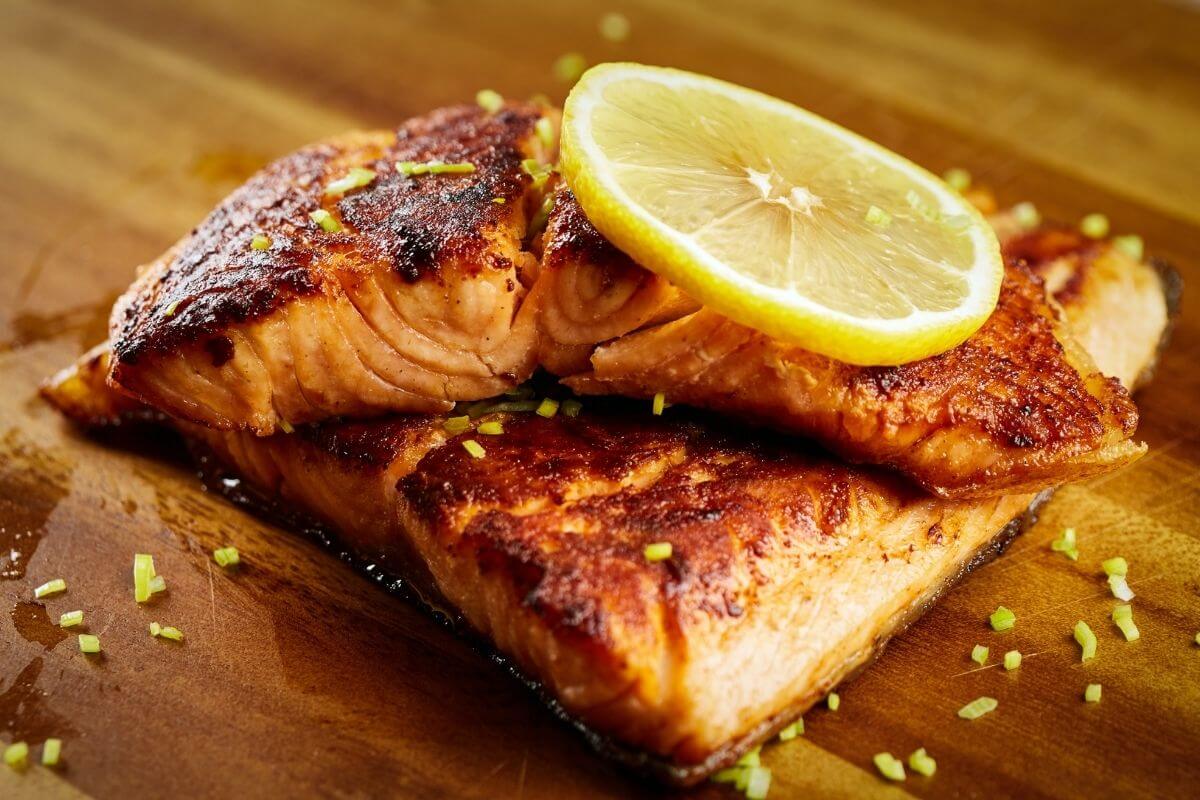
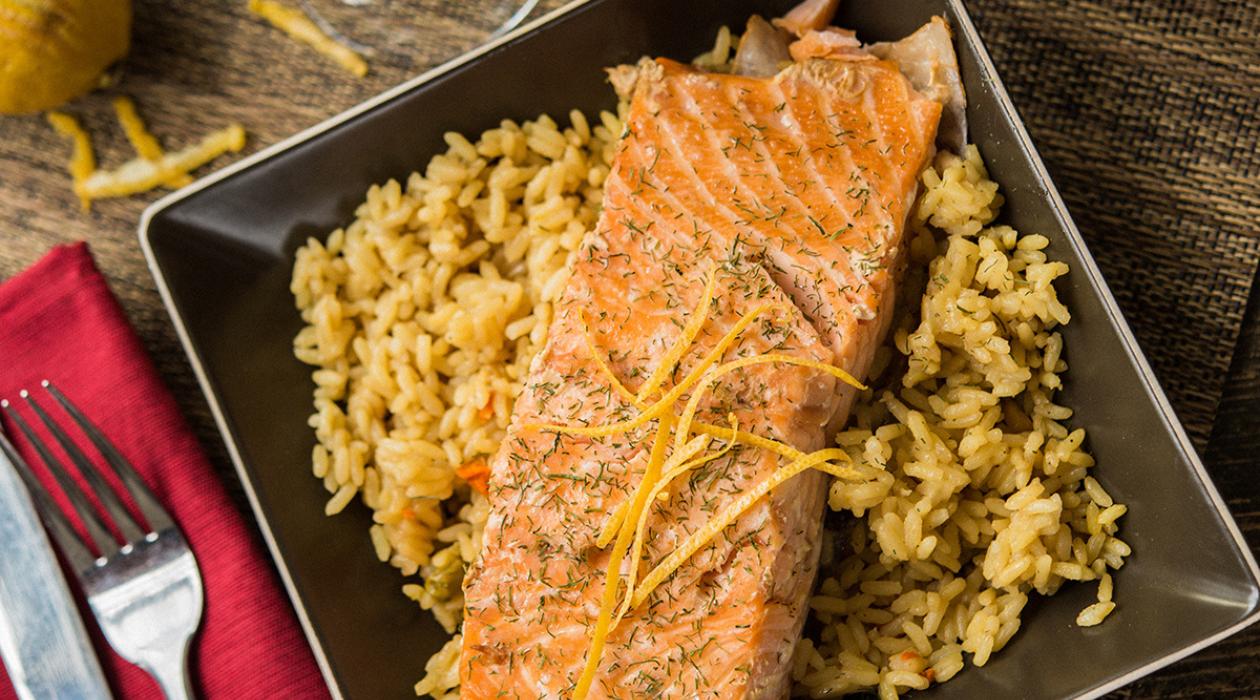
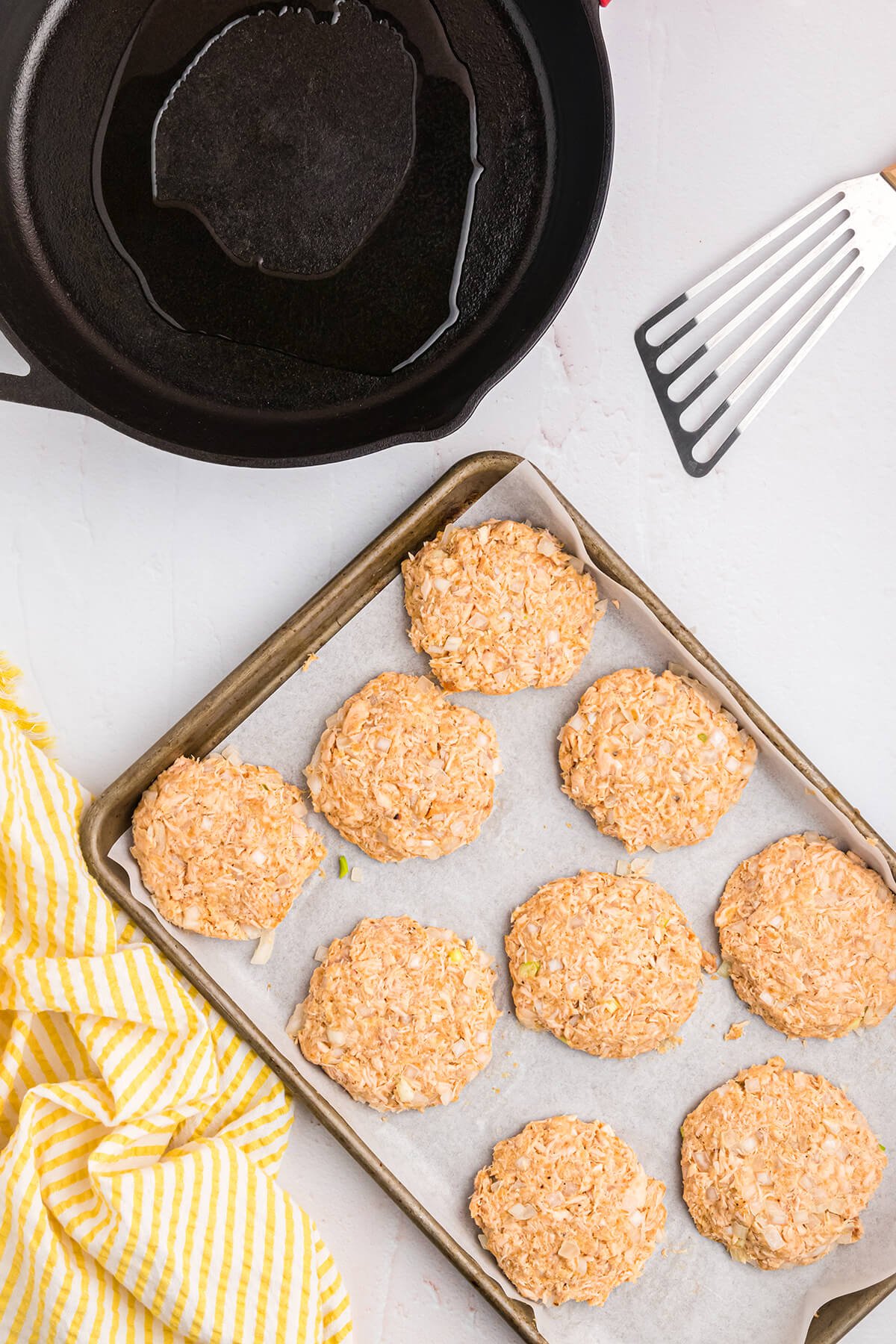

0 thoughts on “How To Store Cooked Salmon”